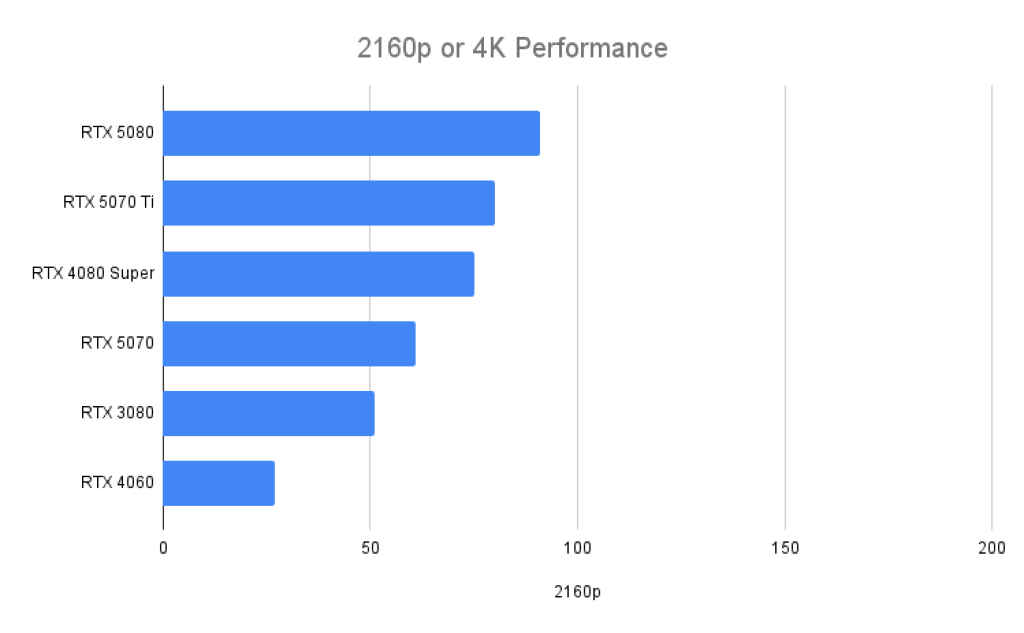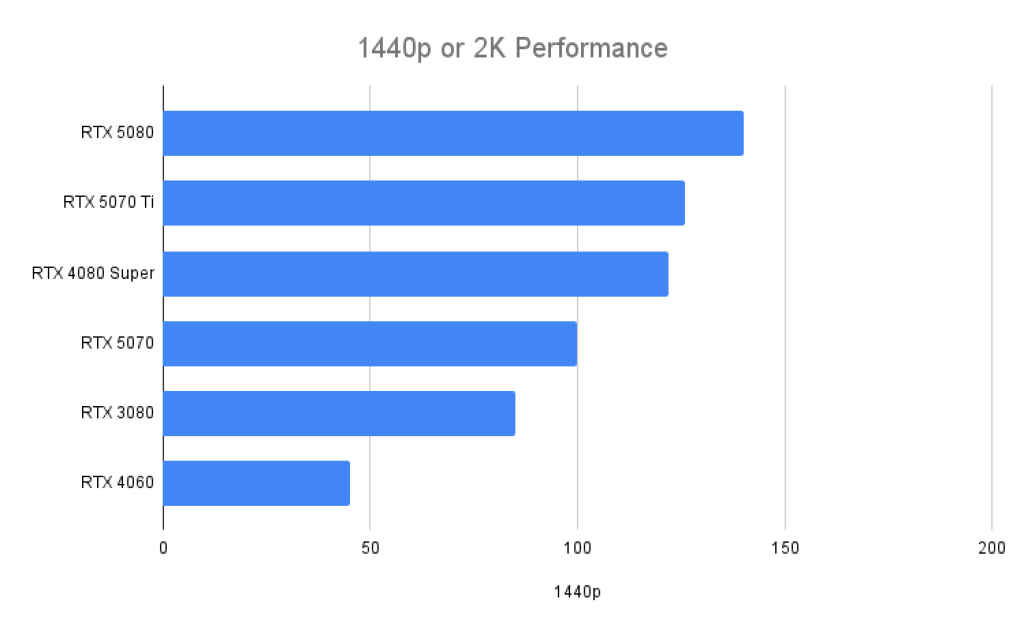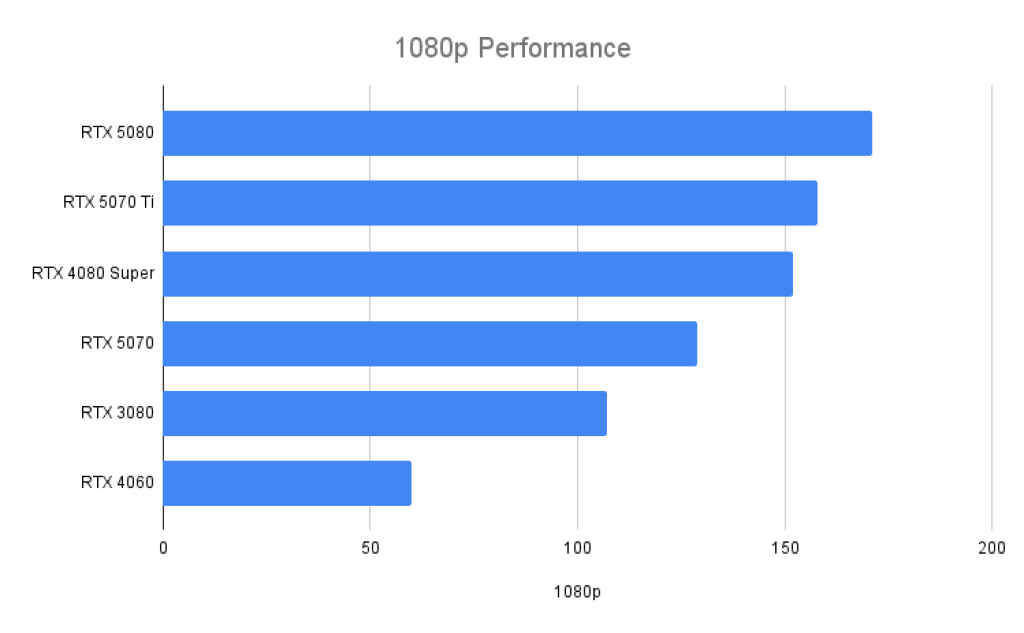The Last of Us Part II Remastered on PC: A Performance Deep Dive

When The Last of Us Part II Remastered landed on PC to coincide with the release of Season 2 of the HBO series, the expectations were twofold: a technically solid port and an emotional retelling of one of gaming’s most divisive stories. Thankfully, Naughty Dog has largely delivered on both counts, with the PC release offering a robust suite of graphics options, meaningful performance scalability, and support for modern features like DLSS, FSR, XeSS, and frame generation—though curiously, ray tracing is absent. You can always use Reshade to add ray tracing but we’ll get into that at a later time.
Graphics Options and Scalability
The Last of Us Part II Remastered comes equipped with an extensive set of visual settings and customisation options. Players can toggle between performance presets ranging from “very low” to “very high”, and the game is refreshingly transparent in how these affect the visuals. At the highest settings, the game uses improved ambient lighting, higher-resolution textures, and extended draw distances. However, anisotropic filtering caps out at 8x, even on “very high”, which is a mild quirk for some PC enthusiasts.

Window modes include a curious mix of “windowed”, “exclusive fullscreen”, and “fullscreen” (which is functionally borderless). Players also get granular control over image settings, including FOV adjustments, disabling motion blur, lens dirt, chromatic aberration, and a cinematic black-bar toggle—useful for those on 16:10 monitors.
Notably, shader compilation at startup is far quicker than in TLOU Part I’s PC version, thanks to smart batching during cutscenes. In-game, stutter is rare, though occasionally a hitch can be felt during large scene transitions.
Upscaling and Frame Generation
Upscaling support is strong, with DLSS, FSR, XeSS, and native AA options like TAA and SMAA all present. DLSS goes all the way up to Ultra Performance, and for those chasing image quality, DLAA is also available. Dynamic resolution scaling allows you to target a specific framerate, which the game maintains by automatically adjusting resolution—particularly helpful on lower-tier GPUs.

Frame generation is enabled for both AMD and NVIDIA cards. Intriguingly, users can mix upscalers with frame gen—DLSS upscaling with FSR frame gen works well, for instance. Intel XeSS is also supported, though its visual results lag slightly behind DLSS and FSR 2.2.
FPS Performance Benchmarks
Performance testing was conducted using a Ryzen 7 9800X3D-based test bench, paired with DDR5-6200 memory and a 2TB NVMe SSD. All cards tested had Resizable BAR enabled, and latest public drivers from AMD, NVIDIA, and Intel were used.
At 4K (2160p):

At 1440p:

At 1080p:

Performance scaling is excellent, with the game delivering strong frame rates across the board. That said, the RTX 4060 just manages 60 FPS at 1080p on ultra settings—further underscoring that a more capable GPU is recommended for high refresh or higher resolution gameplay. Meanwhile, the RTX 5070 Ti offers a robust experience even at 4K.
VRAM Consumption
The game is sensible in its VRAM usage, scaling predictably with resolution and settings:
| Preset | 1080p | 1440p | 2160p |
| Low | 7.8 GB | 8.3 GB | 9.6 GB |
| Very High | 10 GB | 10.5 GB | 12 GB |
| Max + Frame Gen | 10 GB | 11 GB | 13 GB |
For 1080p or 1440p, 8–10 GB of VRAM is sufficient, but those aiming for 4K will benefit from at least 12 GB, especially with frame generation enabled. This makes cards like the RTX 4070 Super or RX 7900 XT ideal for ultra settings at higher resolutions.
Well-executed Remaster
The Last of Us Part II Remastered is a well-executed PC port, delivering high-end visuals and scalable performance that caters to a wide audience. Its absence of ray tracing is odd, especially given the game’s strong visual identity, but not a deal-breaker considering the competent use of traditional rendering techniques.

The addition of upscalers, frame generation, accessibility features, and meaningful graphical toggles ensures the game is not only playable across a wide range of systems but customisable to user preference. Whether you’re revisiting Ellie’s story or experiencing it for the first time, this is a benchmark-worthy release both narratively and technically.
Mithun Mohandas
Mithun Mohandas is an Indian technology journalist with 10 years of experience covering consumer technology. He is currently employed at Digit in the capacity of a Managing Editor. Mithun has a background in Computer Engineering and was an active member of the IEEE during his college days. He has a penchant for digging deep into unravelling what makes a device tick. If there's a transistor in it, Mithun's probably going to rip it apart till he finds it. At Digit, he covers processors, graphics cards, storage media, displays and networking devices aside from anything developer related. As an avid PC gamer, he prefers RTS and FPS titles, and can be quite competitive in a race to the finish line. He only gets consoles for the exclusives. He can be seen playing Valorant, World of Tanks, HITMAN and the occasional Age of Empires or being the voice behind hundreds of Digit videos. View Full Profile




